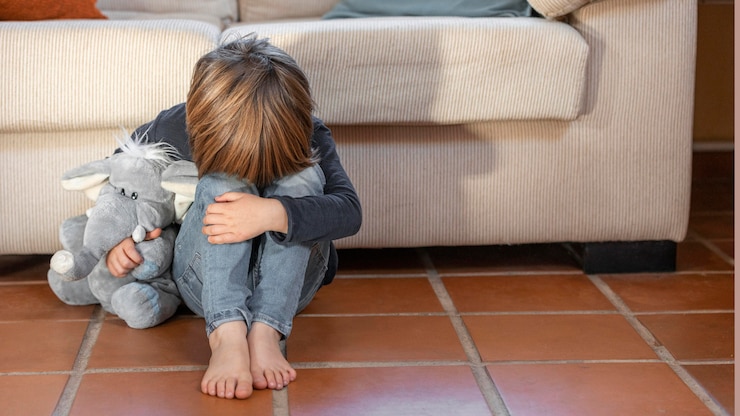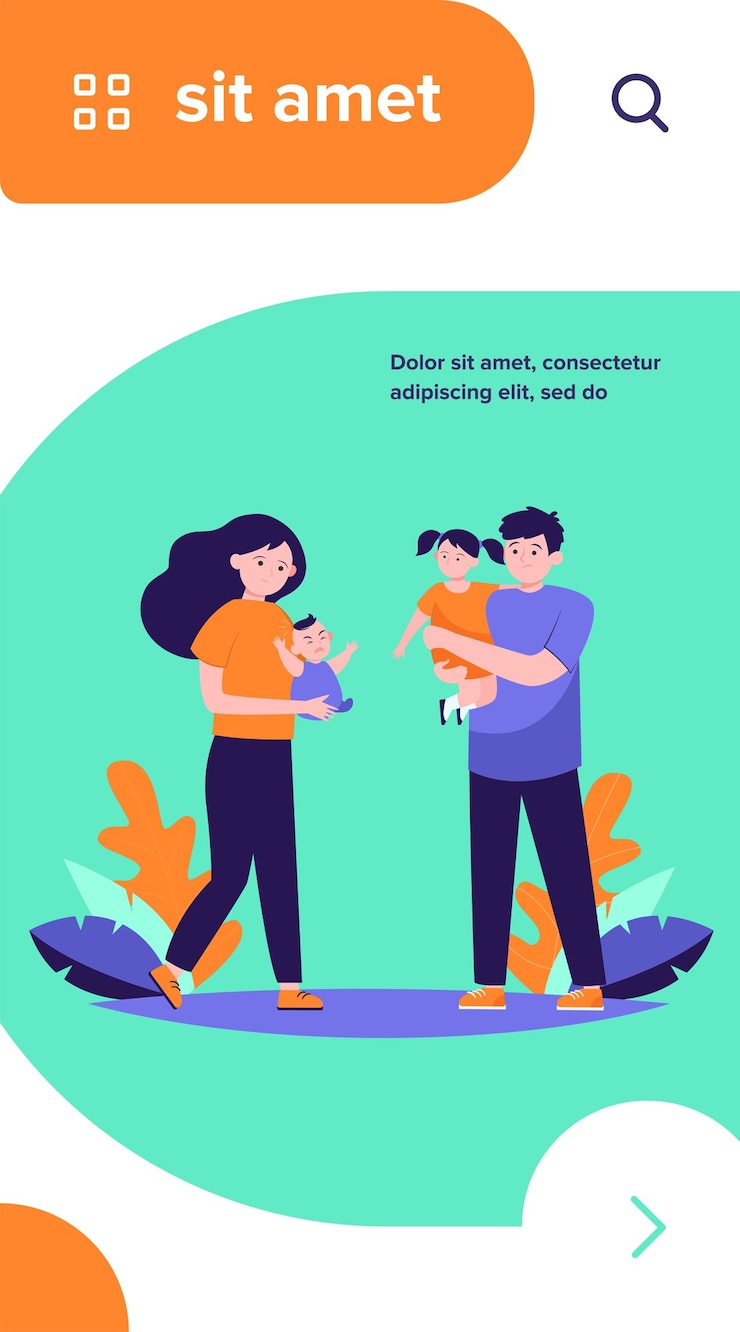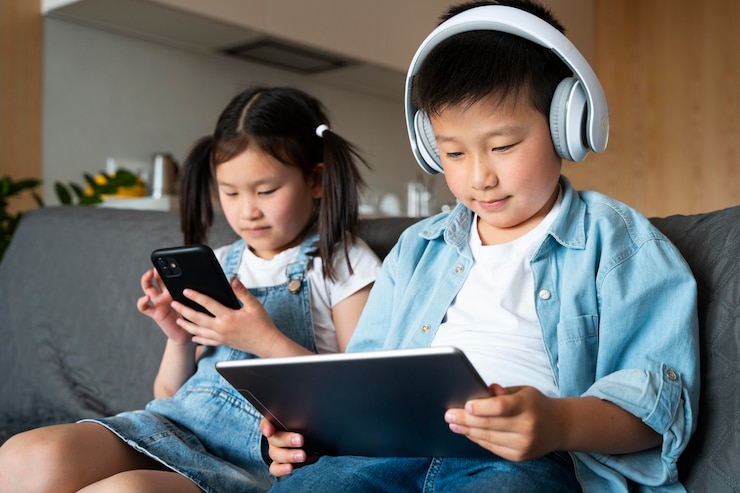
Children can show signs of anxiety from a very young age. While some symptoms are easy to spot, others can be subtle or unexpected. Here are 10 anxiety symptoms in kids that often go unnoticed.
### Table of Contents
#### “Could my child be anxious?”
This is the reaction most parents express when they come to my therapy office, trying to make sense of their child’s unusual and challenging behaviors. Many have tried using behavioral approaches like rewards and consequences, only to find the behaviors persist or even worsen.
It’s understandable why parents might miss signs of anxiety in children. Often, we have a particular image in mind when thinking about a child dealing with stress and worry. Picture a preschooler hiding behind their mom’s leg on the first day of school, and you’ll see how parents might overlook other signs.
Parents are often surprised when I explain that what they see as ‘misbehaviors’ are actually ‘distressed behaviors’. This is because our nervous system reacts to stress in a predictable way. When a child’s brain enters fight or flight mode, their behavior can resemble that of a defiant child who doesn’t listen.
Anxiety activates our amygdala, the brain’s emotion center, as it works to protect us. When various factors—such as genetics, environment, health conditions, or temperament—lead to an overactive amygdala, it becomes difficult for the brain to distinguish real threats from perceived ones. This can trigger survival-type behaviors in children.
Below are 10 anxiety symptoms in kids that often confuse parents but are linked to the body’s fight-flight-freeze response.
1. **Emotional Reactivity**: This often surprises parents. Anxiety can make children more emotionally reactive. When the emotion center of the brain is over-activated, as with anxiety, kids can become irritable and overly sensitive.
2. **Excessive Reassurance Seeking**: Children with anxiety frequently ask questions to seek reassurance. This behavior is linked to generalized anxiety and Obsessive-Compulsive Disorder (OCD). They might repeatedly ask questions like “Do you think I’ll make friends at soccer?” or “Are you sure I won’t miss you at camp?” as they search for comfort.
3. **Physical Symptoms**: Anxiety can cause physical reactions, like stomachaches. The ‘butterfly effect’ happens when the digestive system slows down to conserve energy in response to stress. Thus, many anxious children report stomachaches.
4. **Avoidance**: Just as adults avoid tasks like paying bills when anxious, children may refuse to do things they find stressful. They may say, “I’m not doing that!” or “You can’t make me!” which can be mistaken for defiance but is often anxiety-driven.
5. **Difficulty Sleeping**: Anxious thoughts often invade when the mind is quiet, making relaxation and healthy sleep challenging. Night waking is common because a child’s brain remains hypervigilant in its anxious state.
6. **Impaired Executive Functioning**: Anxiety can hinder cognitive skills, making it hard for children to focus, control impulses, and stay organized due to the over-activation of the brain’s emotion center.
7. **Unexpected Crying**: Children may cry suddenly when stressed, such as during a bedtime routine or before leaving for school. This is because their brain’s emotional overdrive needs an outlet.
8. **Running Away or Hiding**: Anxiety may prompt children to physically escape situations—like hiding under a table at school—when feeling overwhelmed, as part of the ‘flight’ response.
9. **Clinginess**: Anxious children may refuse to separate from caregivers, drawing comfort from their presence. The thought of being alone at school can be overwhelming if they can’t fully articulate why.
10. **Behavioral Challenges Misinterpreted**: It’s easy to see behavior like shutting down or acting out as willful choices. However, they are often symptoms of anxiety. Once parents understand the neurological roots of anxiety, it becomes clear these are not behavioral issues but real anxiety symptoms.
Anxiety is common in children and can be effectively treated with appropriate support and interventions. As Karen Young beautifully puts it, “Anxiety is the work of a strong, healthy brain that’s a little overprotective.”
#### Resources
For guidance on supporting an anxious child, consider Karen Young’s book “Hey Warrior”, which uses engaging language and imagery to explain anxiety to kids.
#### Stay Informed
Join 30,000 other intentional parents who receive our weekly “Parents with Confidence” email. Sign up for a free 5-day parenting email course and discover:
* How to protect your child’s self-esteem
* Ways to gain their cooperation
* Vital life skills for their future
* Discipline strategies that don’t cause emotional harm
Sign up today, no spam, unsubscribe anytime. Built with Kit.
(Note: This post was originally published on October 18, 2018, and has since been updated.)



